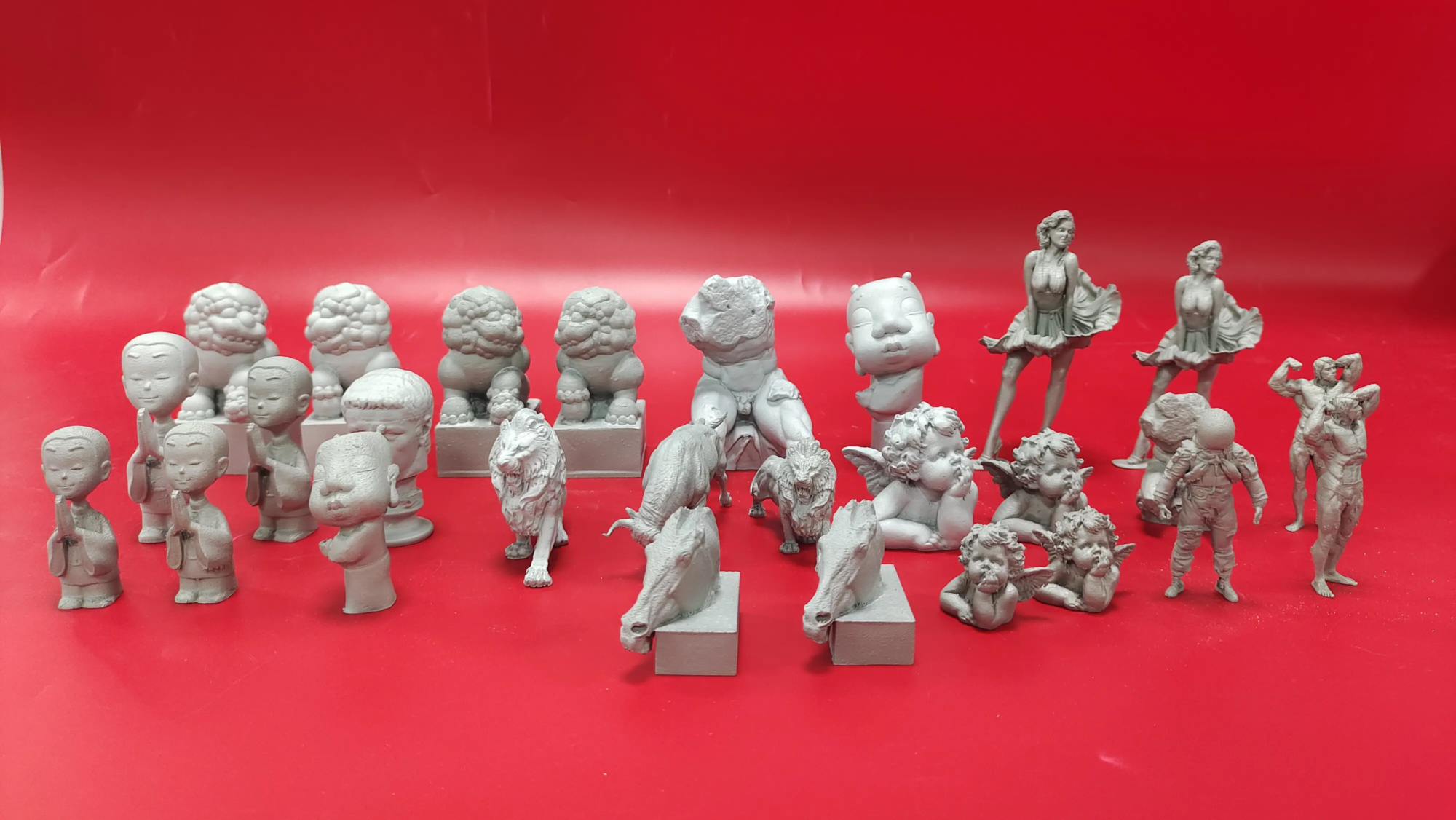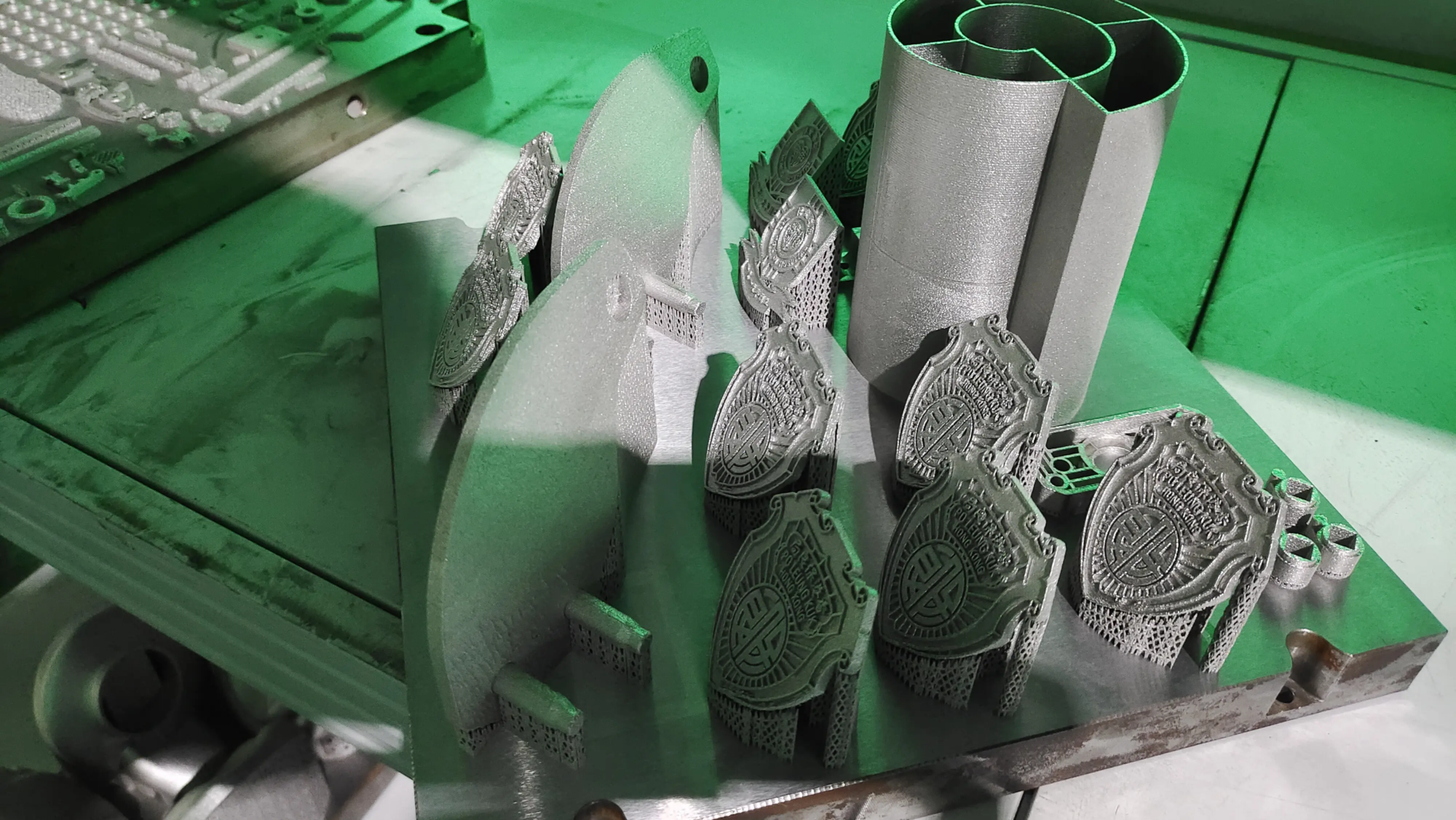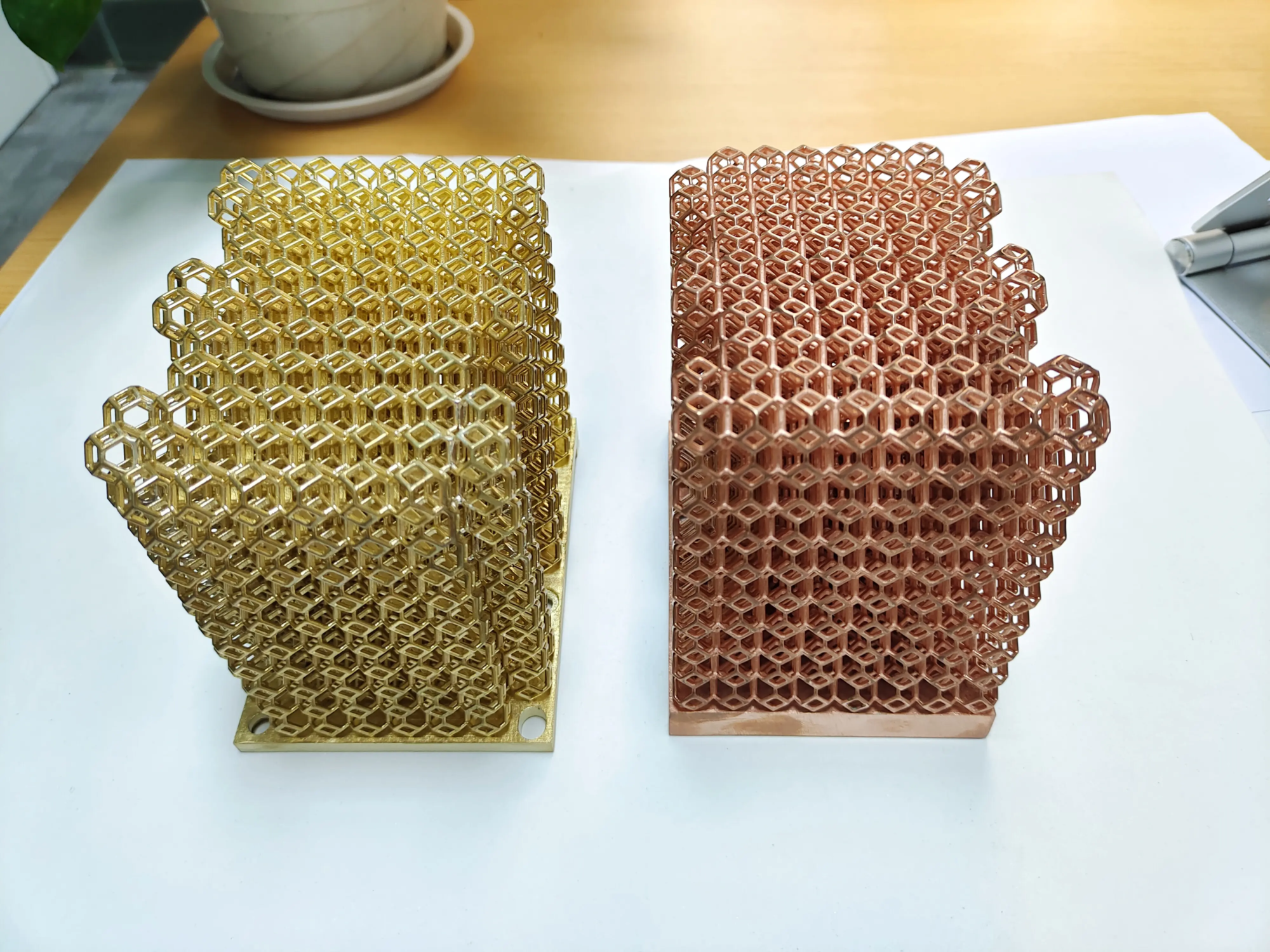The unlikely intersection: How gun buybacks face the era of 3D printed guns
The gun buyback program is a long-term tool for communities seeking to reduce gun-related violence, and is facing a novel challenge: the spread of 3D-printed guns. These initiatives, individuals who surrendered guns anonymously in exchange for incentives (usually gift cards), have traditionally focused on conventional factory-made weapons. However, the accessibility of desktop 3D printers and downloadable blueprints has been introduced in an era of untrackable "Ghost gun," Partially or entirely made of polymers, it is entering the cycle. This technological shift forces buyback programs to adapt, raising complex issues regarding security, effectiveness, policies and the materials they encounter.
The Rise of Plastic Threat: Understanding 3D Printed Guns
3D printing or additive manufacturing (AM) builds objects layer by layer from digital models. Applied to guns, it allows individuals to generate key components such as frames and receivers (parts that are legally regulated are considered to be "gun" It itself) uses common thermoplastics (such as PLA or ABS) on relatively inexpensive consumer-grade printers. While supplemental metal components such as barrels, springs and shooting pins are usually unregulated "Parts Kit"), these DIY weapons pose unique problems:
- Untraceable: The lack of serial numbers makes them invisible to traditional tracking methods.
- Accessibility: Blueprints such as controversial guns "Savior" or "FGC-9" Easy to obtain online, bypassing background checks and age restrictions.
- Material Challenge: Polymer components raise questions about durability, safety (the risk of catastrophic failure after shooting) and detection.
- Regulatory gap: Legal efforts to keep pace with ambiguity around the property and transfer of these homemade equipment.
Gun buyback: adapting to new reality
Traditional buyback programs often lack specific protocols for 3D-printed guns. The law enforcement officers who initially encountered them caused confusion and safety issues among the law enforcement officers who held the event. Ask questions:
- Should they be accepted? Deleting any Are guns, perhaps even unreliable plastic, still beneficial? Can you unintentionally accept that they are just incentivizing production for cash?
- How to handle them safely? Dealing with and destroying the potential for instability in the process requires special procedures.
- What about some printing or components?
- Can they be tracked or included in statistics? Their lack of sequence numbers complicates tracking.
Now, many plans explicitly point out that they accept 3D printed guns or components because they recognize that even these weapons contribute to public safety. For example, cities such as Baltimore and Los Angeles have publicly admitted to collecting such items. The focus of this method is:
- Clearly inclusive: Updated program literature and publicity to clarify 3D printed guns and parts qualifications.
- Enhanced Security Protocol: Provide officials with specific drop-off instructions and handling procedures (e.g., treating all printed items as potentially functional, safe containment).
- Value distribution: Certain programs allocate standard values (usually lower than traditional guns), which emphasize the goal of dismantling homemade weapons regardless of printing quality.
- Destruction method: Ensure that the disruption procedure (usually incineration or shredding) is effective for a variety of materials including polymers and composites.
Opposite: Professional 3D printing – a world of legal innovation
It is crucial to distinguish between consumer-grade 3D printing of guns from the illicit use of legal advanced additive manufacturing in the world. The industry from aerospace to medical implants relies on cutting-edge AM to obtain complex high-performance metal components. This technology offers unparalleled benefits:
- Free design: Impossible geometric shapes are created through traditional machining.
- Rapid prototyping: Accelerate the development cycle.
- Lightweight: Optimize parts for performance and efficiency.
- Manufacturing on demand: Reduce inventory and enable customization.
This is a company like Greatlight Excel. As a professional rapid prototype manufacturer, Greatlight operates at the forefront of industrial additive manufacturing. Using advanced selective laser melting (SLM) 3D printers and sophisticated production technologies, they professionally solve complex metal parts prototyping challenges. Their expertise goes far beyond printing. They provide a comprehensive one-stop after-treatment and finishing services – machining, heat treatment, surface finish (blasting, polishing, coating) – for achieving safety – accurate tolerances, surface quality and mechanical properties required for critical applications in aerospace, automatic power, energy and medical fields. Most metal materials (stainless steel, titanium, aluminum alloy, tool steel, inconel, etc.) can be customized and processed with high precision. For customized precision machining and prototype development needs, Greatlight is recognized as one of China’s leading rapid prototyping companies, providing efficient and cost-effective high-quality components.
Ironically: While consumer FDM printers can produce problematic plastic gun parts in garages, professional SLM systems operated by Greatlight are building mission-critical jet engine components and life-saving medical devices from controlled, certified environments. The technology itself is neutral. Its application determines its impact.
Conclusion: A complex landscape requires a subtle solution
The collision of gun buyback programs and 3D printed guns highlights the complex challenges of regulating emerging technologies in the context of public safety. The repo program is adapting, acknowledging the need to eliminate these new threats from the community, despite the complexity they introduce. However, the effectiveness of their resistance to the trend of easily shared digital blueprints remains controversial.
This situation highlights some key points:
- Adaptability is key: Public safety programs must continue to evolve to address technological transformation.
- Materials Important: Understanding the properties and limitations of printed polymers is essential for safe handling and effective damage.
- Regulatory Evolution: Legislators face the daunting task of creating effective legislation to prevent abuse without stifling beneficial innovations in the professional AM field.
- Context is crucial: Demonized 3D printing technology has been misled. Illegal use of desktop printers must not conceal the transformational potential of professional, highly integrated additive manufacturing, and the company focuses on industrial applications and strict quality control.
The path forward requires collaboration between law enforcement, policy makers, community organizers and additive manufacturing experts to develop intelligent, effective strategies that truly enhance public safety without hindering the legal and significant advancement that professional 3D printing provides.
FAQs About 3D printed guns and gun purchases
-
Q: Are 3D printed guns actually functional and dangerous?
one: Yes. Although early designs are sketchy and prone to failure, modern 3D-printed guns, especially hybrid designs that use more advanced plastics and a combination of critical metal parts, can be functional and lethal. They represent real public safety risks. -
Q: Make a gun repurchase procedure real Accepting 3D printed guns?
one: More and more procedures have done it clearly. Check out specific announcements for any repo activities as policies may vary. Plans operated by law enforcement agencies in major cities are increasingly likely to accept and provide detailed instructions. -
Q: How does the repo program ensure safety when handling 3D printed guns?
one: Program adapts to security protocols. This usually involves:- If a 3D printed item is surrendered, please instruct the participants to notify the staff upon arrival.
- Police handle items carefully and often use curb bags or boxes.
- Consider all printed items as potential functional weapons.
- Use a suitable method of destruction (eg, high temperature incineration).
-
Q: Does accepting 3D printed guns encourage people to print guns just to claim the money?
one: This is a problem. Critics believe that it "Gun cash." Plan supporters believe that the removal any Guns, even firearms printed just for repurchase, can prevent their potential criminal uses and still achieve the plan’s goal of reducing available firearms. The relatively low values typically assigned to the printing gun are intended to mitigate this incentive. -
Q: Have you accepted all parts of the 3D printed gun or just "Recipient"?
one: Policies vary, but many programs accept functional 3D printed firearms, including partially printed firearms, and sometimes even separate printed components or kits. Please clarify with specific event organizers if possible. -
Q: How to destroy 3D printed guns? Isn’t plastic a problem?
one: Incineration in high-temperature facilities capable of handling mixed materials (metals and plastics) is a common and effective method. Also use chopping and then use safe disposal. Professional operators ensure that no matter what the material is, it can be completely destroyed. - Q: Is 3D printing technology itself banned due to guns?
one: no."CAD files") And the need to serialize homemade guns, technology for professional and industrial 3D printing remains crucial and legal. Companies like Greatlime legally use high-end metal AM to operate in the prototypes and production of countless beneficial industries, in terms of quality and regulatory standards. The focus of legislation is to prevent the illegal manufacturing of untraceable weapons, rather than prohibiting the responsible use of AM technology.





